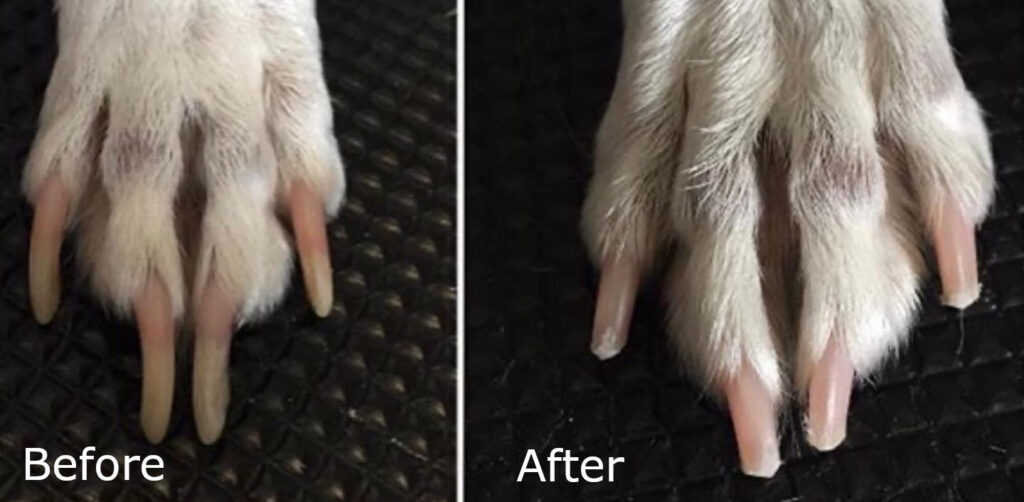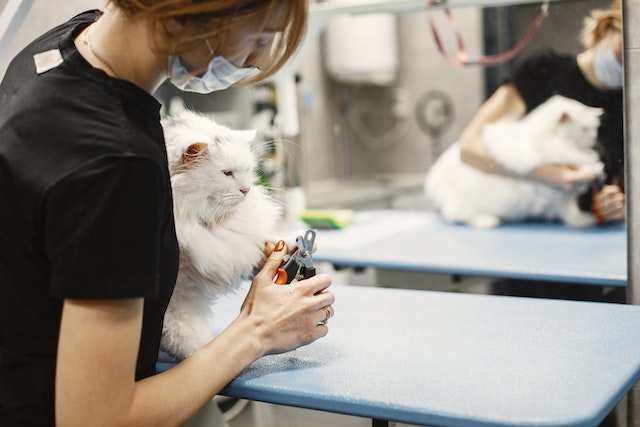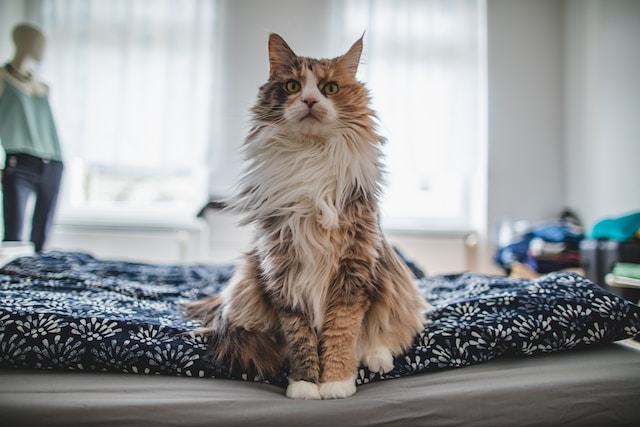Bathing our beloved canine companions is not just a routine task in pet care; it’s a vital aspect of maintaining their health and hygiene. Just like humans, dogs need regular baths to keep their coats clean, skin healthy, and odor at bay. However, determining the ideal frequency for bathing your furry friend can be a bit of a puzzle. Factors such as breed, lifestyle, and individual needs and characteristics play a crucial role in this decision. In this informative guide, we will delve into the world of dog bathing, offering valuable insights to help you understand how often your canine companion should be bathed to ensure they look and feel their best.
Here are some guidelines to help you determine how often to bathe your dog:
Breed: Different dog breeds have different coat types. Breeds with oily or water-resistant coats, like Labradors or Basset Hounds, may require fewer baths than breeds with hair-like coats, such as Poodles or Maltese, which can mat and become dirty more easily.
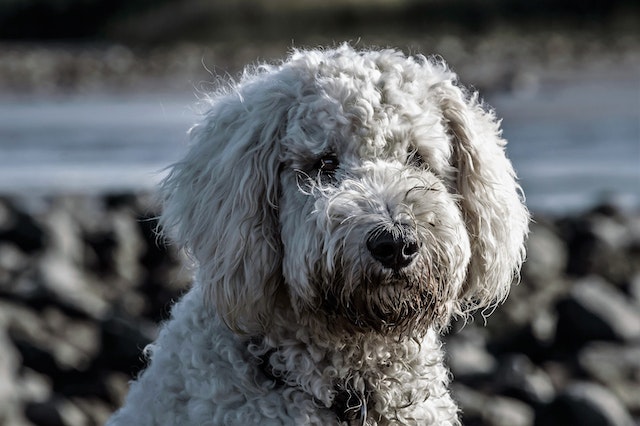
Activity Level: Active dogs that spend a lot of time outdoors may get dirtier and require more frequent baths than less active dogs. It’s not uncommon for dogs who live in Colorado, for example, to go on frequent hikes. Dogs that swim frequently may also need more baths to remove chlorine or saltwater residue.
Health and Skin Conditions: If your dog has skin issues, allergies, or a specific medical condition, your veterinarian may recommend a bathing schedule tailored to their needs. In some cases, medicated shampoos may be prescribed. If your dog has a flea problem, we highly recommend coming in for a flea bath and considering adding flea medication to your dog’s health regimen.
Odor and Dirt: Bathing your dog when they start to develop a noticeable odor or when they get visibly dirty is a good rule of thumb. For most dogs, this might mean a bath every 4 to 12 weeks.
Regular Grooming: Regular brushing and grooming can help reduce the need for baths by preventing matting and removing loose hair and dirt. Brushing your dog’s coat also helps distribute natural oils for a healthier coat.
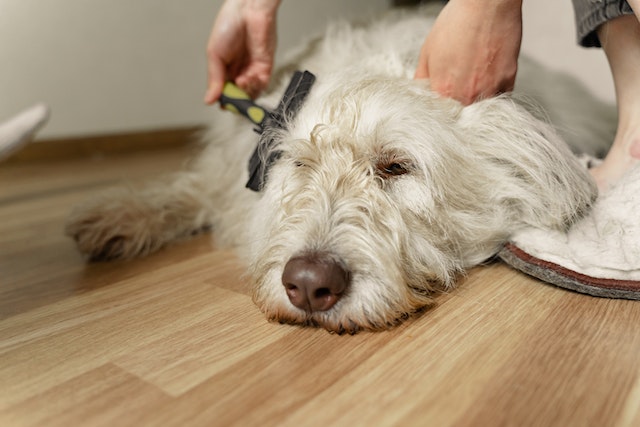
Age: Puppies generally do not need frequent baths, as their skin and coat are still developing. Senior dogs may also require fewer baths, as their skin may become more sensitive.
Personal Preference: Some dog owners may choose to give their dogs more frequent baths for personal reasons, such as to keep them smelling fresh or to reduce allergens in the home.
Generally, most healthy dogs would need a bath every one to three months but it really depends on many of the factors outlined above. Overbathing a dog can strip their skin and coat of essential oils, leading to dryness, irritation, and potentially causing skin problems. We at Collar Cuts are more than happy to let you know what we think is a good schedule for your pup. You can also consult your veterinarian for their expert opinion as well.
Sources:
akcchf.org
manypets.com
openai.com




